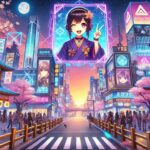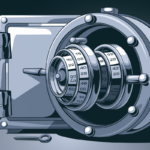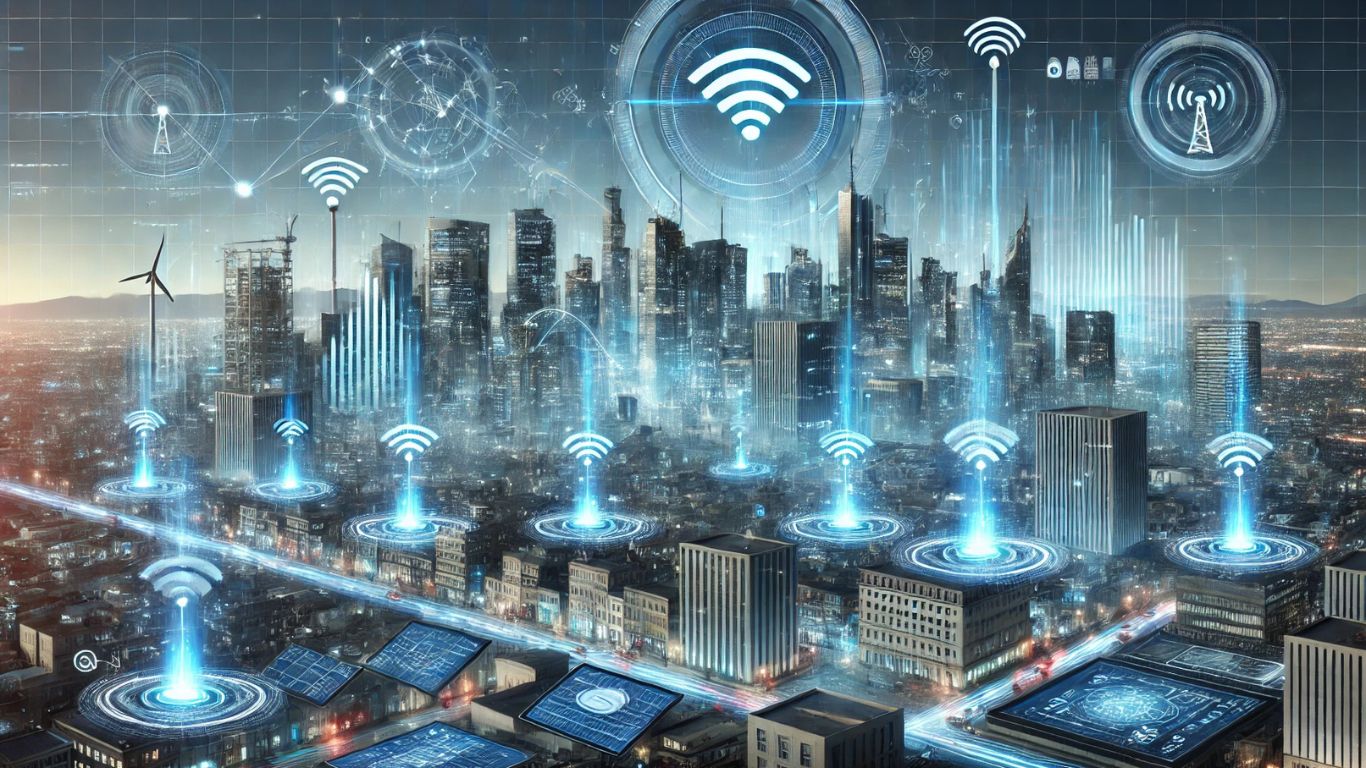NFTs (Non-Fungible Tokens) have taken the digital world by storm, transforming the way creators, collectors, and investors interact with digital assets. One of the most revolutionary aspects of NFTs is the concept of randomization—where technology ensures that each digital asset is unique, unpredictable, and holds intrinsic value. NFTRandomize is an innovation that builds upon this foundation, adding more dynamism and excitement to the NFT space.
What Is NFTRandomize?
NFTRandomize is a cutting-edge feature that leverages blockchain technology to create randomized attributes for NFTs in digital art, gaming, and collectible ecosystems. By introducing random traits and characteristics, this technology enhances the rarity and uniqueness of individual NFTs, which can significantly boost their value and appeal.
Randomization is key to creating exciting, one-of-a-kind digital collectibles. Imagine being part of a collection where each token is guaranteed to be different from the others, not by design alone, but by complex randomization algorithms that make every NFT a unique masterpiece.
How Does NFT Randomization Work?
NFT randomization operates on algorithms programmed into the blockchain. When an NFT is minted (created), the randomization process assigns various traits—such as color schemes, accessories, or special abilities—based on probabilities set by the creator. The final result is a completely unique item, determined by both the predefined elements and the randomization process.
The blockchain ensures that this process is transparent, verifiable, and immutable, meaning that once the traits are assigned, they cannot be altered. This creates a fair and exciting way to ensure the uniqueness of each NFT within a collection, as collectors never know exactly what they will get until the minting process is complete.
Benefits of NFT Randomization for Creators
For creators, NFT randomization opens up endless possibilities for experimentation and innovation. Artists can focus on defining a set of possible traits and rely on the randomization algorithm to generate unique combinations. This not only simplifies the creative process but also ensures that no two NFTs are exactly alike.
The randomized attributes can range from visual elements in artwork to functionalities in gaming NFTs. For example, a digital artist might create a base design for a character and leave it up to the randomizer to determine details like color variations, accessories, or expressions. In gaming, randomization can apply to in-game assets, where weapons, avatars, or skills are randomly assigned different levels of power or abilities.
Moreover, creators can introduce rarity factors into their collections, where certain traits or combinations are rarer than others, adding an extra layer of excitement for collectors and boosting market value.
Why NFT Randomization Matters to Collectors
Collectors are constantly seeking rare and unique items. With NFTRandomize, collectors have the opportunity to acquire assets that are not only unique but also created through a fair and verifiable process. This adds a level of unpredictability and excitement, as collectors anticipate receiving an NFT with rare or highly sought-after traits.
Randomization also enhances the storytelling aspect of NFT collections. Since each item is unique, collectors can feel like they are a part of a narrative, with their digital asset being a key piece in a larger puzzle. This fosters engagement, making collectors more invested in the project and more likely to participate in future drops or collections.
NFTRandomize in the World of Gaming
Gaming has been one of the earliest and most enthusiastic adopters of NFTs, and randomization technology plays a pivotal role here. In NFT-based games, randomization can determine a player’s in-game assets, such as characters, items, and abilities. This can lead to unique player experiences, where no two games are the same due to the distinct combinations of assets each player owns.
For example, in a fantasy role-playing game, players might mint their avatars with randomized traits like strength, agility, or magical abilities. Some players could receive rare traits that give them a competitive edge, making those NFTs more valuable in both in-game economies and on external marketplaces.
This element of chance keeps gameplay fresh and engaging, offering new strategies for players and new opportunities for earning rare and valuable NFTs.
The Role of Blockchain in NFT Randomization
Blockchain technology is the backbone of NFT randomization, providing the transparency, security, and immutability necessary for the process. Blockchain ensures that the randomization is not only truly random but also impossible to manipulate. Every randomized trait is recorded on the blockchain, making it verifiable by anyone.
This level of security is crucial for maintaining trust in NFT collections. Collectors and creators alike can be confident that the traits assigned to each NFT are the result of a fair and unbiased process.
Additionally, blockchain’s decentralized nature ensures that no single entity controls the randomization process, which further enhances trust and credibility in NFT projects that utilize randomization.
Rarity and Value in NFTRandomize
Rarity is one of the most significant factors influencing the value of NFTs. NFTRandomize introduces controlled randomness, where certain traits or combinations are much rarer than others. This rarity can lead to significant differences in the value of individual NFTs within the same collection.
For instance, in an NFT art collection, a piece with a rare color combination or a special attribute could be worth substantially more than one with more common traits. In gaming, a character with powerful randomized abilities might fetch a higher price on secondary markets due to its advantage in gameplay.
By incorporating rarity into their collections through randomization, creators can drive more interest and engagement from collectors, who will be eager to obtain the rarest and most valuable items.
NFTRandomize and Future Innovations
As the NFT space continues to evolve, so too will the technology behind randomization. Developers are exploring more advanced algorithms and blockchain integrations to create even more complex and rewarding randomization processes. For instance, artificial intelligence could be combined with randomization to produce NFTs that evolve over time or change based on user interactions or real-world events.
Furthermore, randomization could expand beyond just digital art and gaming. Industries such as real estate, fashion, and even finance could adopt NFT randomization to create unique digital assets with real-world value.
The possibilities are endless, and NFTRandomize is at the forefront of these exciting innovations.
FAQs
What is NFTRandomize?
NFTRandomize is a technology that leverages blockchain-based algorithms to assign random attributes and traits to NFTs, making each one unique and enhancing its rarity.
How does NFT randomization enhance the value of an NFT?
By assigning random and sometimes rare attributes, NFT randomization can create unique combinations, making certain NFTs more desirable and valuable in the marketplace.
Can NFT randomization be manipulated?
No, NFT randomization uses blockchain technology to ensure that the process is transparent, secure, and immutable, meaning it cannot be altered or manipulated.
Why is randomization important in NFT gaming?
Randomization keeps games engaging by ensuring that players receive unique in-game assets, such as characters or items, which can influence gameplay and create varied experiences.
How does NFTRandomize benefit creators?
Creators can save time and effort by defining a set of traits and allowing the randomization process to generate unique combinations for each NFT, ensuring that their collections remain fresh and exciting.
What role does rarity play in NFTRandomize?
Rarity is crucial in NFT randomization, as certain traits or combinations are rarer than others, driving demand and increasing the











